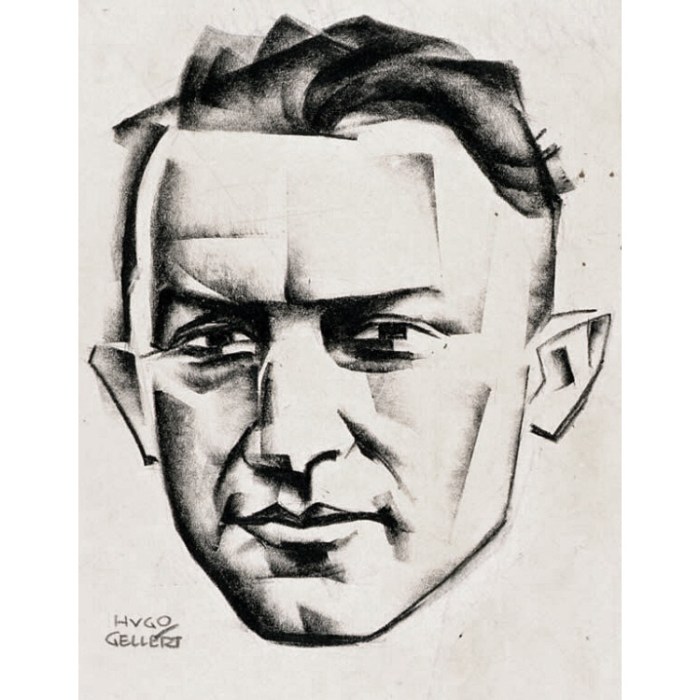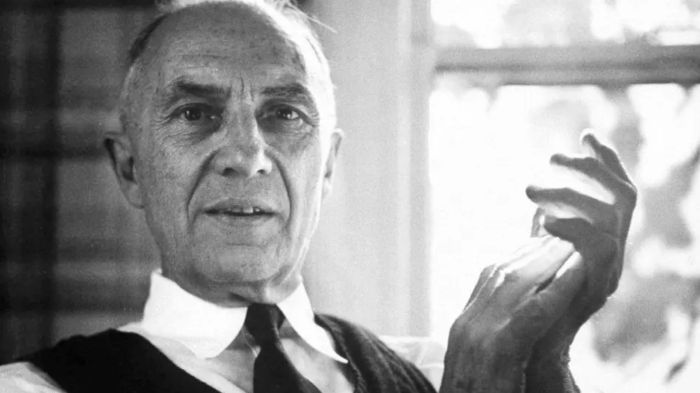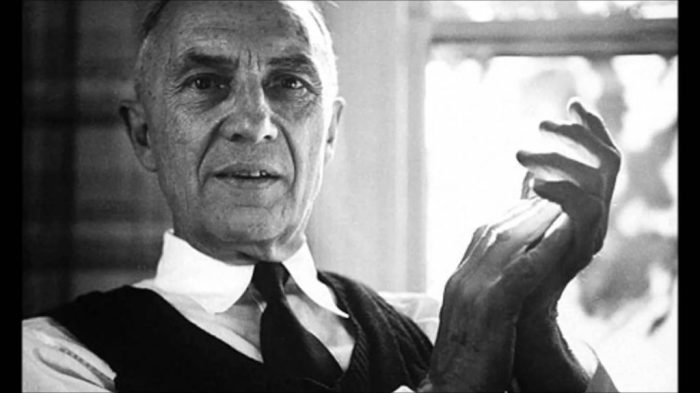Portrait of a lady poem william carlos williams – William Carlos Williams’ “Portrait of a Lady” presents a captivating depiction of a woman, inviting readers to delve into her enigmatic character and the complexities of female identity. This poem, a masterpiece of modern American literature, is renowned for its vivid imagery, intricate symbolism, and profound exploration of human emotion.
Through an analysis of the poem’s structure, literary devices, and historical context, we will uncover the multifaceted layers of “Portrait of a Lady,” examining the lady’s physical, emotional, and psychological traits, and exploring the poem’s central themes and interpretations.
Poem Structure

The poem “Portrait of a Lady” by William Carlos Williams consists of 21 lines divided into three stanzas. The first stanza has six lines, the second stanza has eight lines, and the third stanza has seven lines. There is no discernible rhyme scheme, and the lines vary in length from two to seven syllables.
The irregular form of the poem reflects the fragmented and elusive nature of the speaker’s perception of the lady. The lack of rhyme and the varying line lengths create a sense of disorientation and instability, mirroring the speaker’s difficulty in capturing the lady’s true essence.
Imagery and Symbolism

The poem is rich in vivid imagery that evokes a sense of beauty, mystery, and longing. The speaker describes the lady’s “brown hair,” “white shoulders,” and “red lips,” creating a sensual and alluring portrait.
The use of colors is particularly significant. Brown is associated with the earth and nature, white with purity and innocence, and red with passion and desire. These colors suggest the lady’s multifaceted nature, combining both earthly and ethereal qualities.
The image of the “red bird” is also symbolically significant. The bird represents freedom, passion, and the untamed aspects of nature. Its appearance in the poem suggests the lady’s desire for liberation and her connection to the natural world.
Character Analysis
The lady portrayed in the poem is a complex and enigmatic figure. The speaker describes her as both beautiful and aloof, alluring and unattainable.
Her physical attributes, such as her “brown hair” and “white shoulders,” suggest a youthful and sensual presence. However, the speaker also notes her “faint mustache” and “cold eyes,” which hint at a more masculine and detached quality.
The lady’s emotional state is equally elusive. She is described as “lonely” and “bewildered,” yet also “proud” and “self-possessed.” This duality suggests a woman who is both vulnerable and independent, longing for connection but also fiercely protective of her own space.
Themes and Interpretation: Portrait Of A Lady Poem William Carlos Williams

The poem explores several central themes, including the nature of beauty, the elusiveness of desire, and the search for meaning in life.
The speaker’s obsession with the lady’s beauty suggests a longing for something beyond the physical realm. The lady represents an ideal that the speaker can never fully possess, leading to a sense of frustration and unfulfillment.
The poem also explores the complexities of desire. The speaker’s desire for the lady is both passionate and unattainable. This tension creates a sense of longing and dissatisfaction that permeates the poem.
Ultimately, the poem raises questions about the nature of life and the search for meaning. The lady’s elusiveness symbolizes the difficulty of finding true connection and purpose in a world that is often fragmented and uncertain.
Literary Devices
Williams employs a variety of literary devices in the poem to enhance its imagery, symbolism, and themes.
Metaphor: The lady is compared to a “red bird,” a “falcon,” and a “statue,” suggesting her multifaceted nature and the speaker’s difficulty in capturing her true essence.
Simile: The lady’s “faint mustache” is likened to “a thread of smoke,” creating a vivid and evocative image.
Personification: The poem attributes human qualities to the lady’s “white shoulders,” which are described as “lonely” and “bewildered,” suggesting the lady’s own emotional state.
Historical and Cultural Context

The poem was written in the early 20th century, a time of great social and cultural change. The rise of modernism in art and literature led to a rejection of traditional forms and a focus on individual experience and subjectivity.
Williams’s poem reflects this modernist sensibility in its fragmented form and its emphasis on the speaker’s subjective perception of the lady. The poem also captures the sense of alienation and disillusionment that was prevalent in the post-World War I era.
Popular Questions
What is the central theme of “Portrait of a Lady”?
The poem explores the multifaceted nature of female identity, delving into themes of perception, beauty, and the search for self-understanding.
How does Williams use imagery to create a vivid portrait of the lady?
Williams employs vivid and evocative imagery, such as “her dress is like the sail of a ship” and “her hair is a crown,” to create a tangible and memorable representation of the lady.
What is the significance of the poem’s historical context?
“Portrait of a Lady” was written during a period of significant social and cultural change, and reflects the evolving attitudes towards women and their roles in society.
